Efficient Systems: How Multiple Organs Are Transported Simultaneously for Transplant
Understanding how multiple organs are transported simultaneously is crucial for ensuring successful transplants. This involves strategic planning, advanced logistics, and cutting-edge technology. In this article, we’ll examine the systems and methods that enable the efficient and timely transportation of several organs at once, enhancing the chances of successful transplant outcomes.
Key Takeaways
Transporting multiple organs simultaneously reduces cold ischemia times, significantly improving transplant success rates and donor organ viability.
Effective coordination among transplant centers and adherence to logistics protocols are essential for the efficient retrieval and transportation of organs, ensuring successful transplants.
Innovations in organ transport technology, such as advanced monitoring systems and preservation methods, enhance organ viability and expand the potential donor pool, addressing shortages in organ availability.
Importance of Simultaneous Organ Transportation
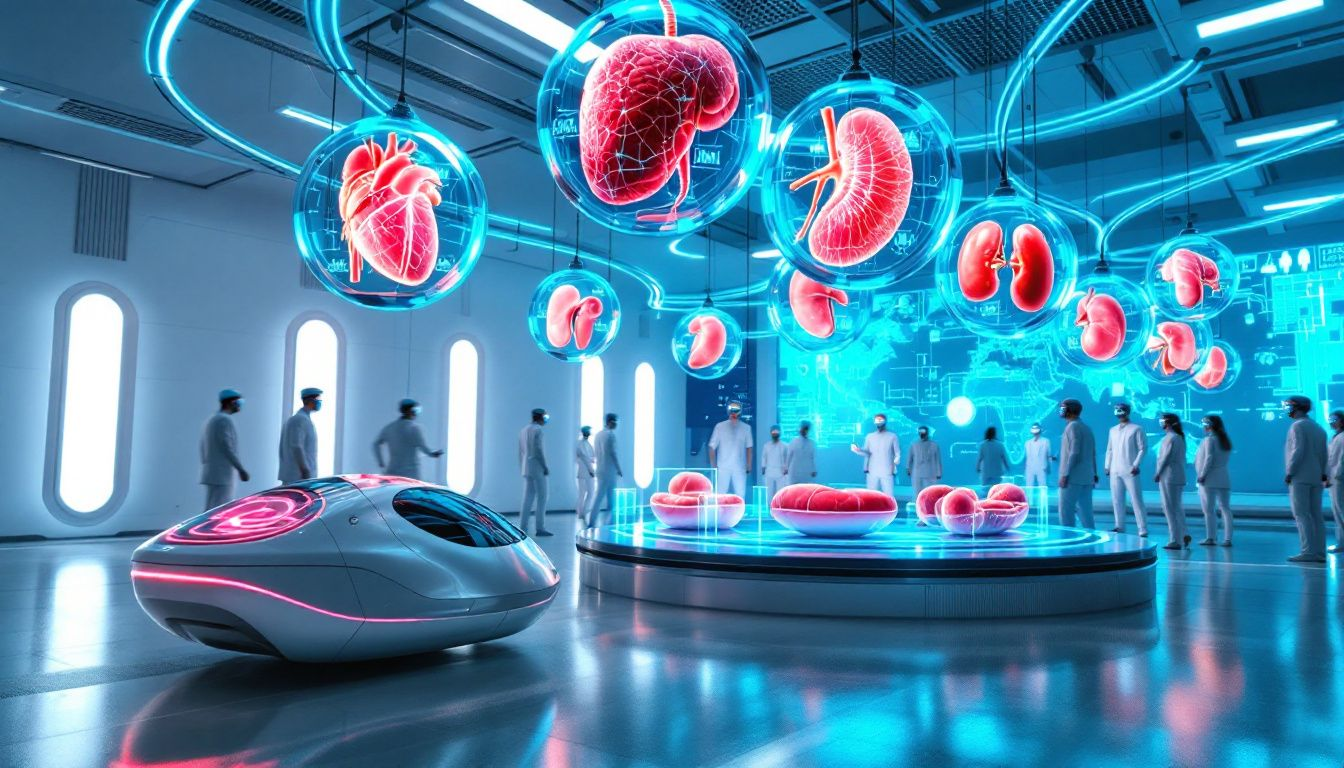
Transporting multiple organs together is a key aspect of modern transplantation. This method significantly reduces cold ischemia times, enhancing graft survival and transplant success. Cold ischemia time is the period an organ stays preserved at low temperatures between donor recovery and recipient transplantation. Reducing this time enhances the chances of a successful transplant outcome.
Reducing cold ischemia times is critical because shorter durations lead to better outcomes and higher success rates for transplants. Donor organ viability is extremely time-sensitive; delays in transport can impact organ function and recipient recovery. Whether it’s liver transplantation, kidney transplantation, or heart transplantation, the urgency remains the same.
Efficiency in organ procurement and allocation is crucial. Transporting multiple organs together optimizes the use of deceased donor organs, increasing the number of patients receiving life-saving surgeries. This approach not only increases the number of successful transplants but also maximizes the utility of each donor, making every act of donation even more impactful.
Coordination Among Transplant Centers
Coordination among transplant centers is essential for successful organ transportation. Coordination centers, both national and international, foster collaboration among medical professionals, ensuring streamlined processes from organ procurement to transplantation.
The Organ Procurement and Transplantation Network (OPTN), managed by the United Network for Organ Sharing (UNOS) under a federal contract, creates a national system for organ matching. It uses a computerized approach to match donor organs with recipients based on factors like blood type and body size, ensuring equitable and efficient allocation.
After a match is identified, the transplant center is notified, triggering logistical arrangements for organ recovery and transportation. Logistics companies provide the infrastructure for safe and swift transport. Coordination with medical teams ensures all protocols and guidelines are followed, minimizing risks to the organs.
Clear protocols and guidelines are essential to ensure synchronized operations among surgical teams, logistics providers, and transplant centers. This harmonized effort not only boosts the chances of successful transplants but also enhances the overall efficiency of the transplantation network.
Steps in Organ Procurement
The journey from donor to recipient starts with the meticulous process of organ procurement, which begins by identifying a suitable deceased donor organ who has been declared deceased without organ damage. Ensuring the donor’s suitability is crucial for retrieving organs in optimal condition for transplantation.
After identifying a donor, consent for organ donation is obtained, either from the donor’s prior registration or from the deceased’s family. The consent process is handled with utmost sensitivity and respect for the donor’s wishes and the family’s emotions.
A separate surgical team handles organ recovery, operating independently to ensure respectful treatment of the donor’s body and optimal conditions for organ retrieval. This step is crucial, as it preserves the integrity and viability of the organs, setting the stage for successful transplantation.
Methods of Transporting Multiple Organs
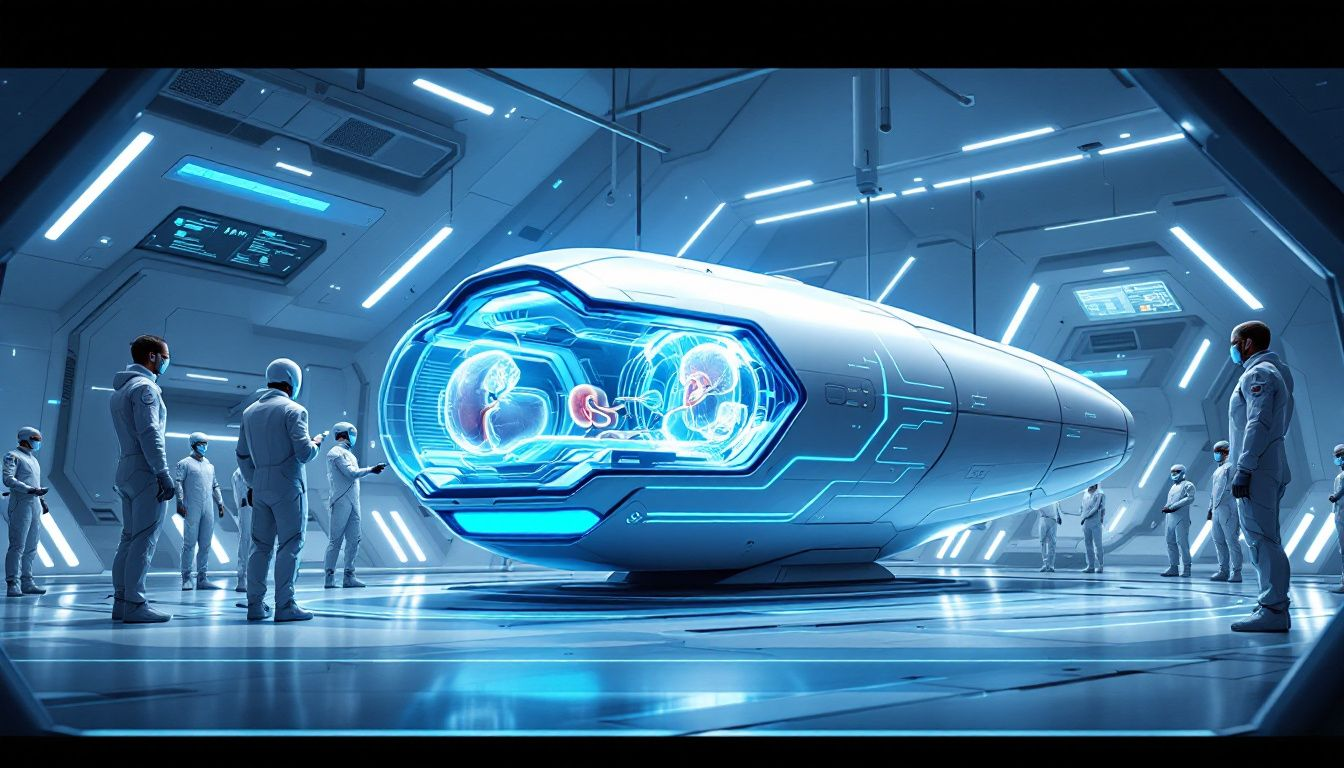
Transporting multiple organs is a complex logistical challenge requiring precise coordination and advanced planning. Whether by air or ground, the goal is to minimize deterioration and ensure the organs reach recipients in optimal condition.
Choosing between air and ground transport depends on factors like distance, time constraints, and the specific needs of each organ.
Air Transport
Air transport is often preferred for long distances since organs must be transplanted quickly due to their limited post-recovery viability period. Helicopters and fixed-wing aircraft facilitate swift movement of organs over long distances, significantly reducing travel time.
Helicopters are ideal for shorter distances as they can land directly at hospitals, providing a rapid route from donor to recipient. Fixed-wing aircraft are used for longer distances, with selection influenced by distance, time sensitivity, and operational requirements.
However, air transport faces challenges like high costs and limited availability of suitable aircraft. Despite these challenges, air transport remains a crucial component of the organ transportation system.
Future innovations in Advanced Air Mobility (AAM) promise to enhance organ transport capabilities, reduce environmental impact, and improve logistical efficiency, potentially revolutionizing organ transportation.
Ground Transport
Ground transport is essential for shorter distances, with ambulances commonly used when the distance between donor and recipient is manageable, typically within two hours. This method is effective when time constraints are less critical, relying on coordination between medical teams and transport services for rapid delivery.
Coordination is crucial in ground transportation, requiring seamless collaboration between medical teams and transport services to ensure prompt and safe delivery. This requires precise planning and communication to navigate traffic and avoid potential delays.
Despite limitations compared to air transport, ground transport remains vital, with its effectiveness hinging on meticulous coordination and preparedness of the involved teams.
Did you know that you can get from Manhattan to JFK in under 5 minutes without driving?
Blade offers seamless helicopter transfers from our West 30th Street Lounge in Manhattan to JFK Airport in just 5 minutes from $195 per seat.
Skip the traffic and ditch the stress with Blade's year-round airport service.

Packaging and Preservation Techniques
Proper packaging and preservation techniques are essential for maintaining organ viability during transport. Cold ischemic storage extends preservation time by cooling organs and reducing their oxygen needs, minimizing ischemia-reperfusion injury when blood supply returns after ischemia.
Organs are preserved by flushing them with a cold preservation solution and storing them in sterile containers surrounded by wet ice. These preservation solutions contain essential electrolytes and nutrients to maintain organ viability during transport.
Recent advancements include machine perfusion, which enhances organ preservation and viability by continuously supplying oxygenated blood or preservation solution. This method allows better assessment and maintenance of marginal organs, reducing damage from static cold storage.
Normothermic regional perfusion (NRP) is another notable innovation. NRP allows transplant teams to perfuse organs at the donor site, maintaining near-normal temperatures, thereby improving organ viability and offering a promising alternative to traditional methods.
Key Factors Influencing Successful Organ Transport
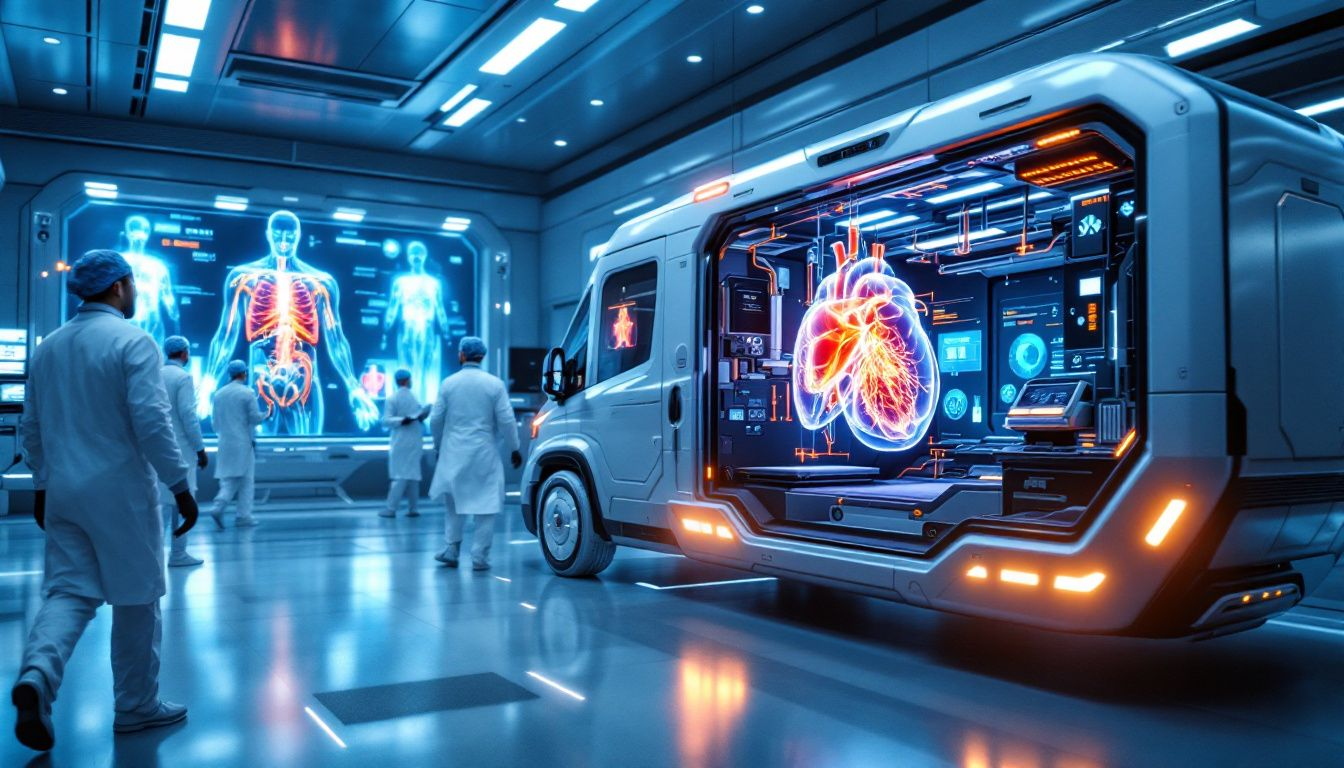
Several factors influence the success of organ transport. Timeliness in retrieval and transport is crucial, as maximum preservation time varies by organ type. For instance, hearts and lungs need transplantation within about four hours, while kidneys can last 24 to 48 hours.
Maintaining the appropriate temperature during transport is essential for preserving organ viability. Cold ischemic storage and advanced techniques help keep organs in optimal condition during transit.
Real-time tracking of organ shipments is vital for surgical teams to optimize preparation and handle potential delays. This technology enhances logistics management and communication among medical teams, crucial for successful organ transport.
Effective logistics management, including ground transport, ensures efficient organ allocation and transport, maintaining viability during the process.
Case Studies of Successful Multi-Organ Transports
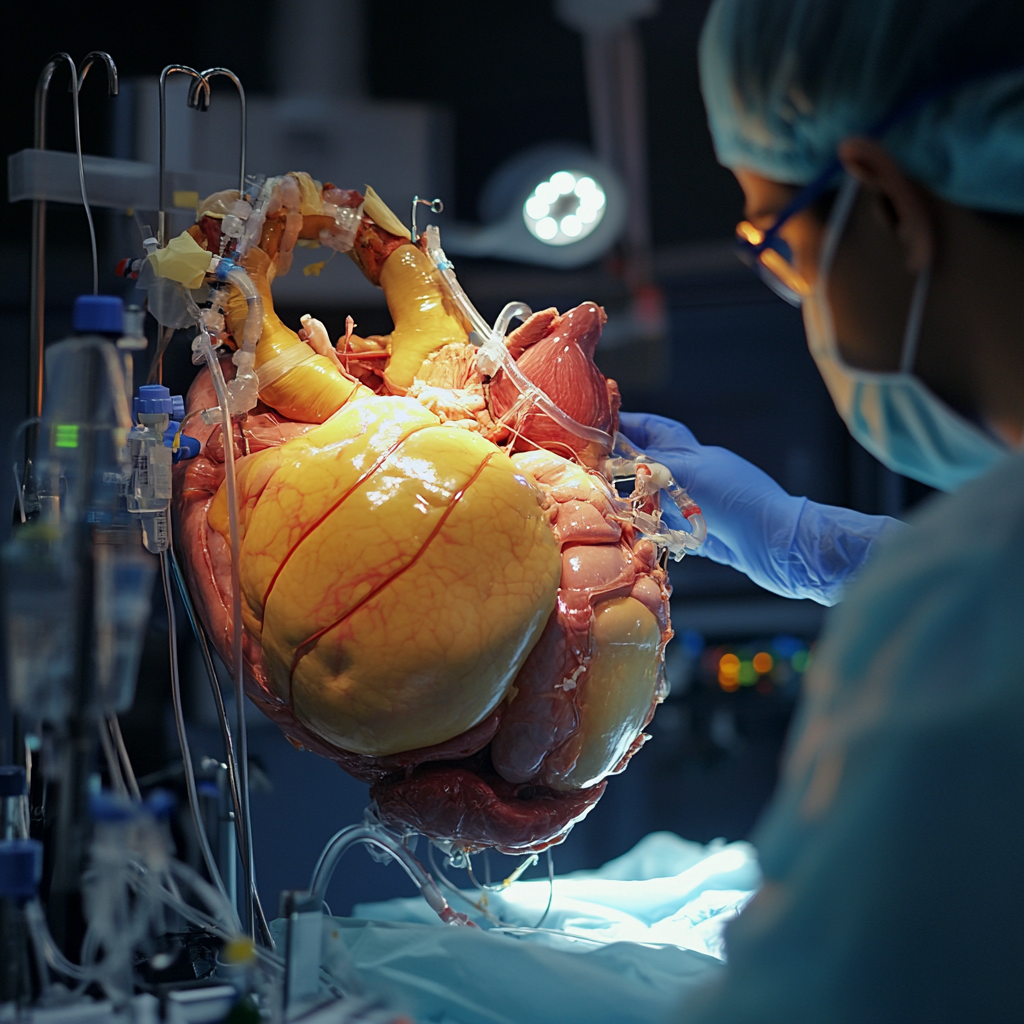
Case studies of successful multi-organ transports offer valuable insights into the effectiveness of current methods and technologies. A notable example is the first full multi-organ transplant for appendix cancer, involving the liver, stomach, pancreas, duodenum, spleen, small intestine, right colon, and human organs. This 17-hour operation demonstrated the feasibility and success of multi-organ transplantation.
Another significant case is the consecutive heart-liver-kidney transplants by the University of Chicago Medicine. These surgeries highlight advancements in multi-organ transplantation and the importance of coordinated efforts among transplant centers.
The five-year survival rate for single liver-kidney (SLK) transplants is 76%, compared to 55% for liver transplant alone transplants (LAT). This statistic underscores the improved outcomes of multi-organ transplants, emphasizing the importance of simultaneous organ transportation.
These case studies exemplify the potential for successful multi-organ transplants, offering hope and inspiration to patients and medical professionals alike.
Challenges and Solutions in Multi-Organ Transportation
Multi-organ transportation poses several challenges, particularly in logistics and coordination. Differing vehicle requirements for various organs complicate the logistics of transporting multiple organs simultaneously.
Training and preparedness of transport teams are crucial for minimizing risks during organ transport. Well-trained and equipped transport teams can significantly improve outcomes in multi-organ transportation.
The cost of advanced organ transport systems presents a challenge, with some devices costing up to $80,000 per use, highlighting financial considerations. Addressing these challenges requires innovative solutions like optimizing logistics, improving training programs, and exploring cost-effective transport technologies.
Innovations in Organ Transport Technology
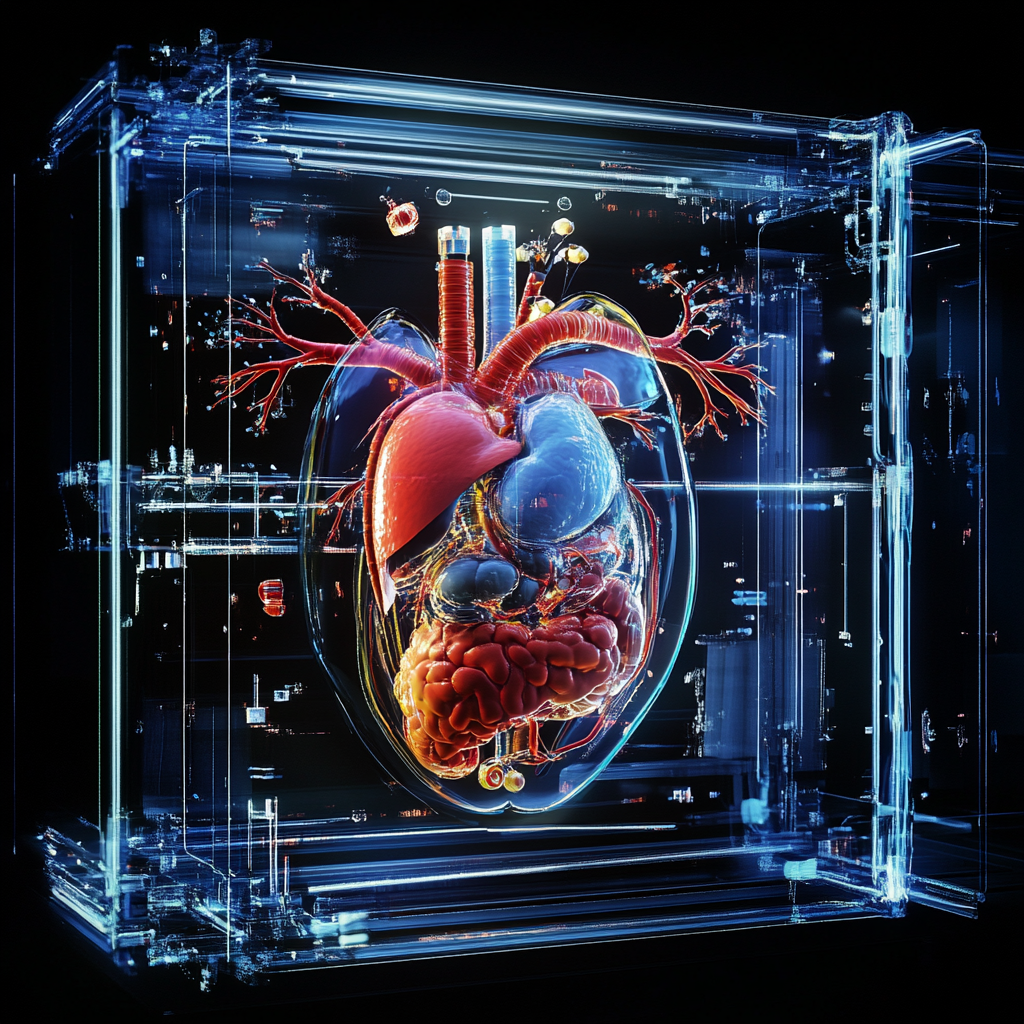
Innovations in organ transport technology are revolutionizing transplantation. Advanced monitoring technologies, like the Paragonix SherpaPak® and TransMedic Organ Care System, enhance organ viability during transport. These systems offer real-time monitoring and maintain organs in a functioning state, allowing better assessment of organ health prior to transplantation.
The SherpaPak improves post-transplant survival rates compared to traditional cold storage by providing continuous monitoring and optimal conditions. Similarly, the TransMedic Organ Care System offers a dynamic preservation environment, reducing ischemia-reperfusion injury and improving outcomes.
Expanding the definition of viable organs to include those from older donors and those with certain lifestyle factors increases the donor pool, addressing the shortage and enhancing the potential for successful transplants.
Did you know that you can get from Manhattan to JFK in under 5 minutes without driving?
Blade offers seamless helicopter transfers from our West 30th Street Lounge in Manhattan to JFK Airport in just 5 minutes from $195 per seat.
Skip the traffic and ditch the stress with Blade's year-round airport service.

Role of Regulatory Bodies and Policies
The regulatory framework for organ allocation and distribution is crucial for ensuring safety and compliance in organ transplants. The National Organ Transplant Act (NOTA), enacted in 1984, aims to enhance the organ matching process and address shortages. This act, along with other federal and state regulations, ensures a secure and equitable system for organ allocation and distribution.
Addressing the shortage of donor organs remains a significant global challenge. Regulatory bodies play a vital role in establishing policies and guidelines that promote fair and efficient organ allocation, ultimately improving the overall success of organ transplantation.
Future Trends in Organ Transportation
The future of organ transportation holds exciting possibilities, with emerging technologies and innovative methodologies poised to revolutionize the field. Xenotransplantation, which involves transplanting organs from other species into humans, is being explored as a potential solution to the scarcity of human donor organs. This groundbreaking approach could significantly expand the donor pool and address the ongoing challenge of organ shortages.
Additionally, advancements in organ transport technology and techniques are expected to continue evolving, offering new ways to preserve and transport organs more efficiently. These innovations promise to improve long-term outcomes for transplant recipients and make organ transplantation increasingly common.
Bottom Line: Efficient Systems: How Multiple Organs Are Transported Simultaneously for Transplant
The complexities of organ transportation, particularly the simultaneous transport of multiple organs, are met with a combination of meticulous coordination, advanced technologies, and innovative solutions. From the initial steps of organ procurement to the final stages of transplantation, every aspect of this process is designed to maximize the viability of donor organs and improve transplant outcomes.
As we look to the future, the continued evolution of organ transport technology and methodologies holds great promise. By addressing current challenges and embracing new innovations, we can enhance the success rates of organ transplants and offer hope to countless patients awaiting life-saving surgeries.
FAQs about Efficient Systems: How Multiple Organs Are Transported Simultaneously for Transplant
Why is simultaneous transportation of multiple organs important?
Simultaneous transportation of multiple organs is vital as it minimizes cold ischemia times, significantly improving graft survival and enhancing success rates for organ transplants. This coordinated approach ultimately benefits patient outcomes.
How is coordination among transplant centers achieved?
Coordination among transplant centers is effectively achieved through national systems such as the OPTN, which includes computerized organ matching, as well as logistics companies that ensure safe and timely organ transport. This integrated approach enhances the efficiency and success of organ transplantation.
What are the main steps in the organ procurement process?
The organ procurement process involves identifying a suitable donor, securing consent for organ donation, and having a separate surgical team recover the organs to ensure optimal conditions for retrieval. Each step is crucial for facilitating successful organ transplantation.
What challenges are faced in multi-organ transportation?
Multi-organ transportation faces significant challenges, such as varying vehicle requirements for different organs, high costs associated with advanced transport systems, and the necessity for well-trained teams to ensure safe delivery. Addressing these issues is crucial for the success of organ transplantation efforts.
What future trends are anticipated in organ transportation?
Future trends in organ transportation involve advancements in xenotransplantation, improved transport technologies, and innovative methodologies aimed at enhancing long-term outcomes for transplant recipients. These developments are expected to significantly increase the efficiency and success of organ transplants.
Disclaimer:
Please be aware that the content on this page has been generated by using artificial intelligence language models and may contain errors, inconsistencies, or outdated information. It is provided as-is without any warranties or guarantees of accuracy. We strongly recommend using this content as a starting point for further research. We disclaim any liability for damages or losses resulting from the use or reliance on this content.